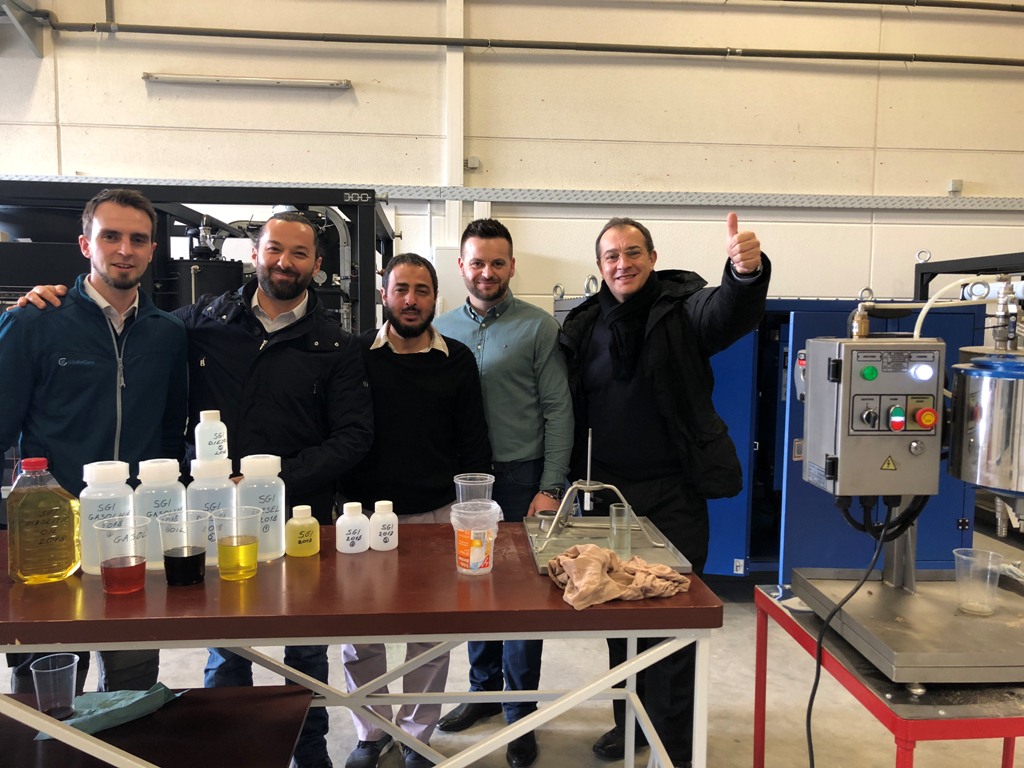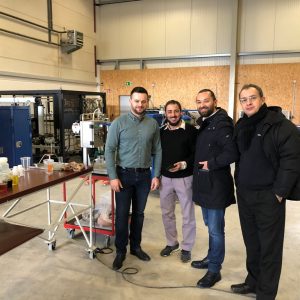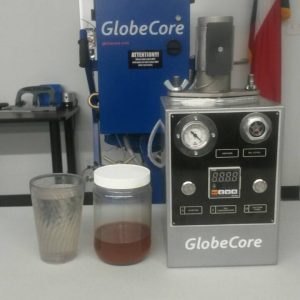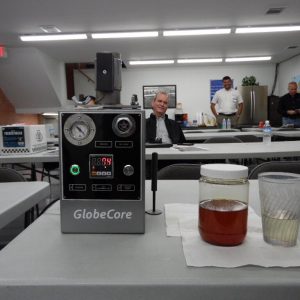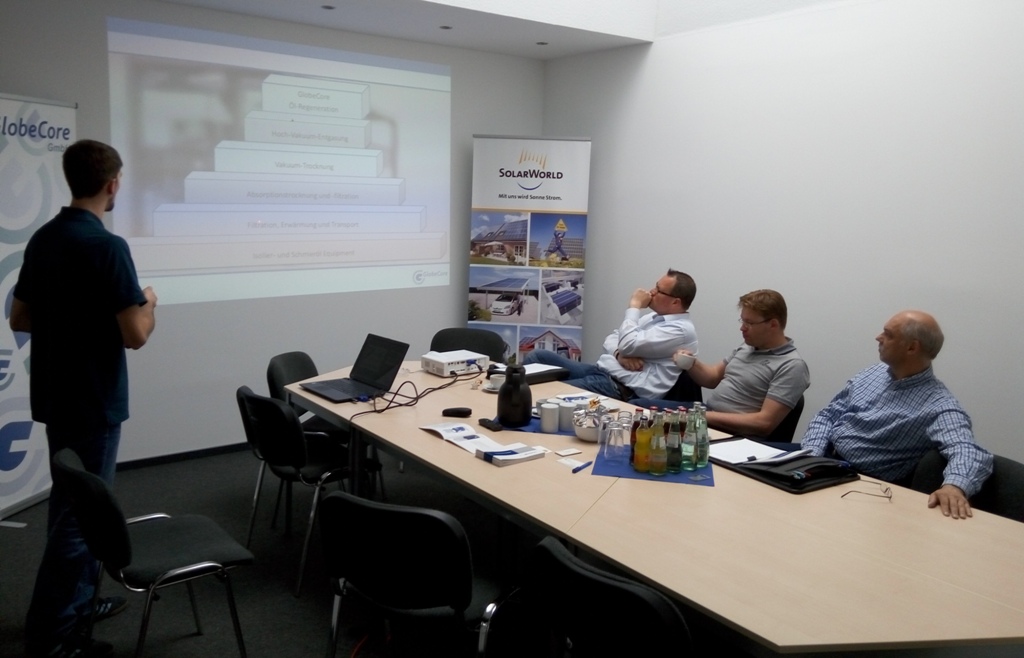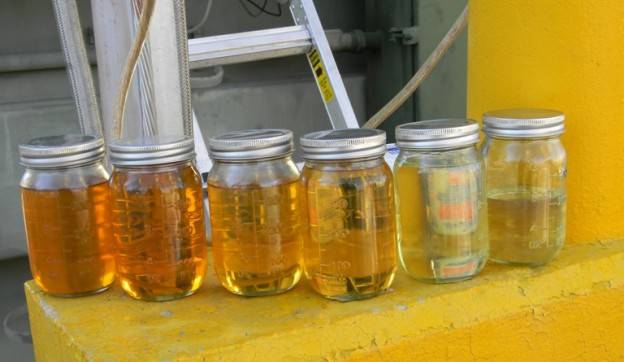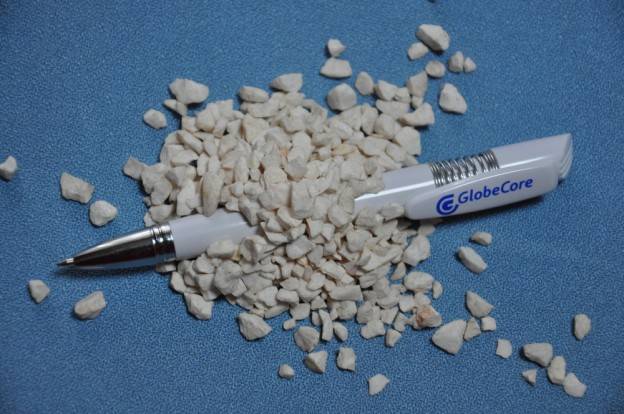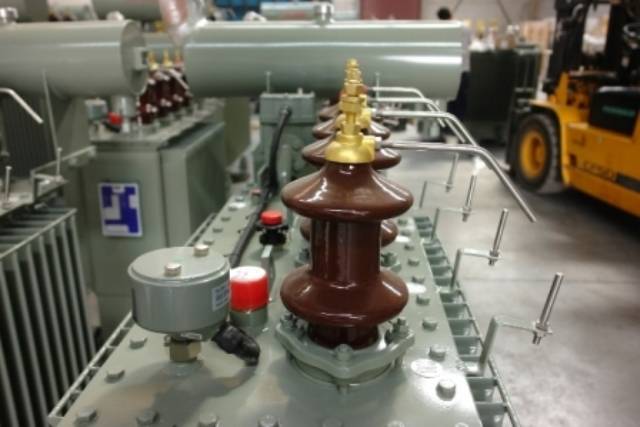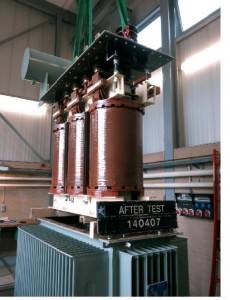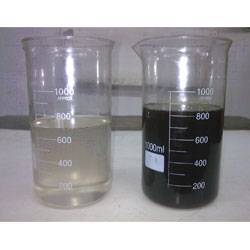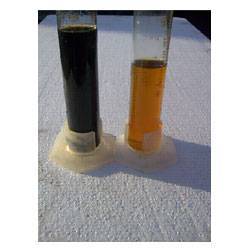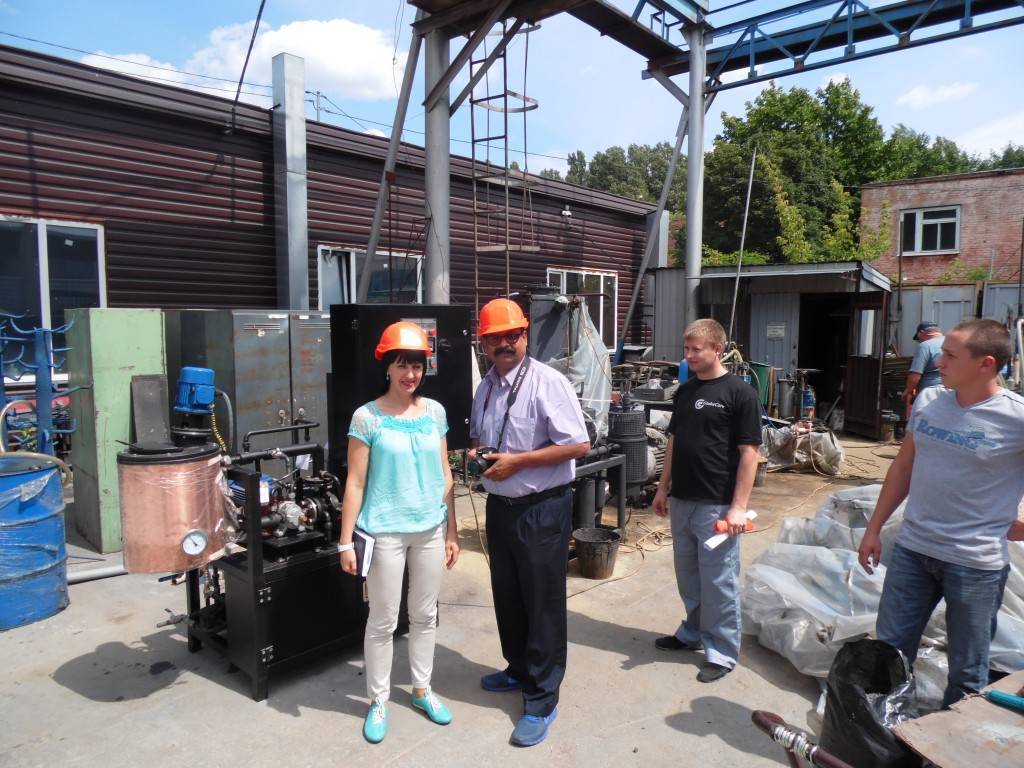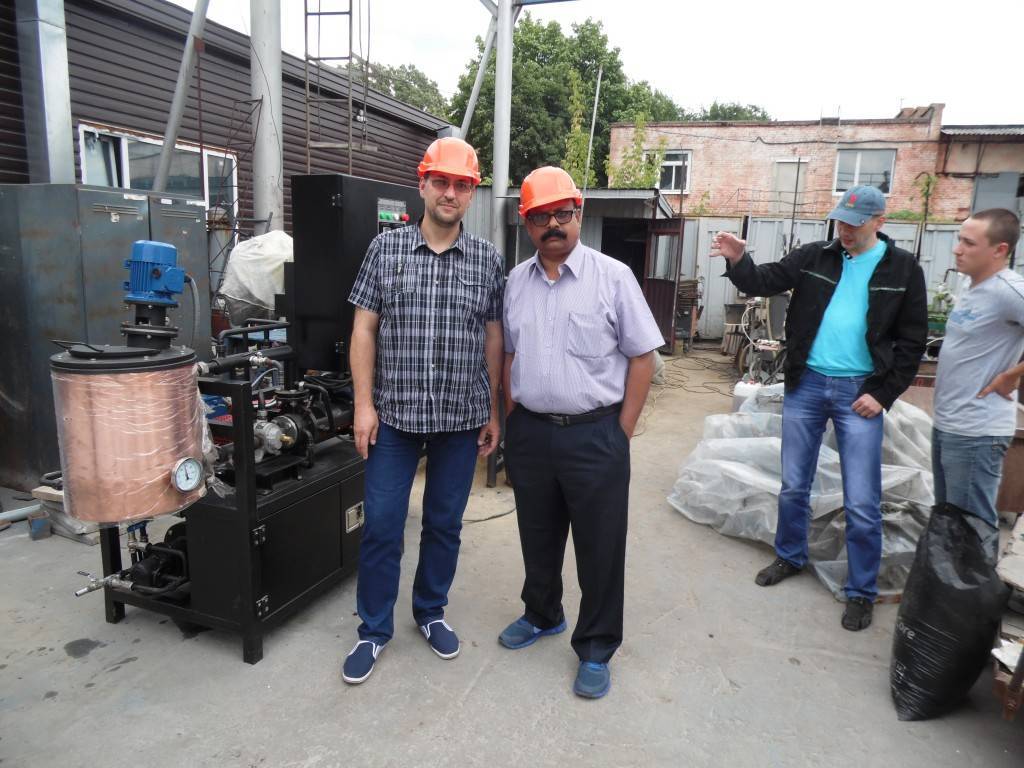GlobeCore equipment for oil filtration easily purify and reclaim cutting oil.
A high-performance, mineral-oil-based cutting oil from Goshen, NY reduced cycle times by half on copper alloy parts and enabled successful production of a long stainless steel jackscrew for the first time.
Positronic Industries is an international producer of electrical and electronics connectors for computers and equipment in telecommunications, aerospace, aviation, robotics, and many other demanding industry applications. The company markets hundreds of connector designs internationally through plants and offices in North and South America, Europe, the Middle East, and the Pacific Basin.
One of the company’s ISO 9001 shops for machining of precision-crafted electrical contacts and thread locking devices is comprised of approximately 150 Bechler and Tornos Swiss-type automatic lathes, Brown & Sharpe automatic screw machines, Davenport multi-spindles, and rotary transfer machines capable of producing hundreds of components of different types and sizes. Electrical contacts and snap-on devices in different sizes are machined from brass and other copper alloys and gold-plated to enhance electrical performance. A variety of different sized thread locking devices are machined from stainless steel bar stock.

Wanted: A universal cutting Oil
When working different materials, effective lubrication is invariably the key to achieving specified surface finishes and dimensional tolerances, along with shorter cycle times and longer tool life.
In collaboration with the metal working fluid experts and their distributor, Hub Supply (Springfield, MO), Anthony DiDia, automatic lathe manager at Positronic Industries’ Springfield, machine shop, initiated a six-month cutting oil evaluation program.
The primary goal of Positronic Industries in evaluating the cutting oil requirements of its machine shop was to improve the productivity of making some of its copper alloy products. The company felt that productivity on some of the machine shop’s copper alloy applications was being held back by the frequent removal of edge buildup on the drills and cutting tools — an operation that was necessary to prevent damage to the machined parts, and one that also added to scrap rates, cycle times, and downtime.
Another goal was to achieve production rates in the machining of a new, long stainless steel jackscrew that persistently had been overheating during attempts to turn the base stock. One further objective of the company was to find a single cutting oil that could be used throughout the machine shop for all applications. Coping with the machining requirements of a range of copper alloys, stainless steel, and other materials had resulted in the use of three different cutting oils, one of which was a custom formulation.
In arriving at cutting oil specifications — especially for universal use on several applications — a productive strategy is to study the most severe (heavy-duty) applications in order to estimate the highest cutting demands. The oil formulation that handles the hottest applications also should perform well in less demanding applications.
Following careful analysis of the requirements of all machining operations and processed materials, and some initial testing, DiDia and his team chose mineral-oil-based straight cutting oil formulation for full-scale evaluation throughout the machine shop.
It is a high-caliber oil that promised to solve performance deficiencies and enhance operations, and that also seemed to have the potential for universal use. “The oil we selected seemed to have all the ingredients needed to handle the great variety of parts we machine in one oil,” DiDia notes. The oil’s ingredients are “chemically bonded,” so that there is no breakdown.
The formulation incorporates a sulfur EP additive to maintain lubricity at high temperatures. Machine shops that work with copper alloys know how sulfur additives in cutting oils tend to stain the metal. The oil also incorporates ingredients which effectively abate tarnish. In fact, the oil maintains a “la” rating by the American Society for Tests and Measurements (ASTM) after 3 hours at 60[degrees] C., indicating that the formulation prevents discoloration resulting from contact with the oil’s sulfur ingredient.
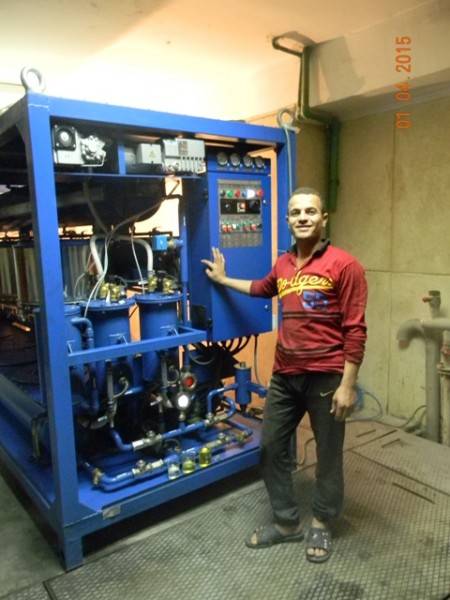
Oil Purifiers in Egypt
Working Harder On A Range Of Challenging Materials
Initial tests of the selected oil focused on applications involving three copper alloys for which achieving surface finish specifications required frequent tool changes, in some cases two or three times during an eight-hour shift. The materials used — leaded nickel copper, tellurium copper, and beryllium copper — are fairly soft but highly abrasive.
The springiness of leaded nickel copper makes the material ideal for female electrical contacts. During turning and drilling operations the oil achieved better performance when the machines were pushed harder than they were run earlier. Built up edge (BUE) formation slowed significantly, and the cycle time was reduced from 14 to 9 seconds – a 35 percent improvement. Beryllium copper parts were machined with similar results.
Machining the abrasive tellurium copper alloy into male and female contact components with demanding specifications on surface finish had always been a challenge. A 32-micro inch maximum finish is required for the male and female electrical contact surfaces; other surfaces must not exceed 63 micro inches.
During turning at the desired feed rate and cutting depth, the surface finish would quickly become unacceptable. The oil rapidly lost its lubricity and would have to be replaced weekly in the machines.
Given the tellurium copper’s propensity to produce BUE, the drilling operation of female contacts presented a special challenge. Extensive friction at the bottom of the hole would quickly produce BUE on the drill bit, causing spiral scarring of the 32-micro inch, high-quality finish of the sidewalls as the drill was retracted.
Again, the best results were achieved in both processes by increasing the feed rate, which deliberately elevates the cutting temperature to the point where the sulfur lubricating agent becomes active. The overall cycle time to machine individual tellurium copper parts was reduced from about 55 seconds to about 25 seconds, an increase in the production rate of about 120 percent.
At the new production rate, cutting tools lasted three to four times longer — requiring one replacement per week rather than the three to four replacements per week previously experienced. During the evaluation of the oil, the lathe immediately could be operated for five to six shifts before BUE adversely affected the surface finish. The life of drill tools was increased as well; sharpening the tools once per week was sufficient, compared to three to four times per week.
“Reducing cycle time in automatic lathe operations can quickly make a very significant difference in the production rates achieved,” says DiDia. “The first time we used the new oil, we put the hood down, and the lathe ran producing parts in spec for three two-shift days without the tool needing sharpening.”
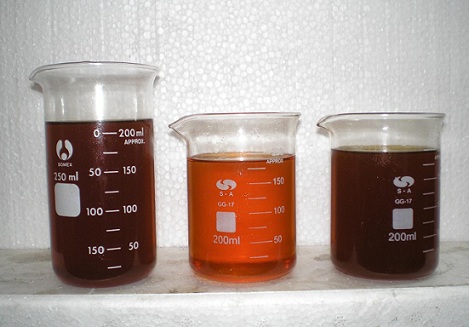
Cutting Oil Improves Machining Of Stainless Steel Jackscrew
The development of a new, larger Positronic connector had produced a requirement for a new, longer jackscrew. The components comprise a long screw and a long shank that goes through the connector hood. One end is drilled and tapped, and the other end is machined into thumb knobs or screwdriver slots. The operation involves machining 1/4″ dia. 303 stainless steel stock to 0.114″ dia. in one pass over a 3″ length utilizing carbide tools.
The previous cutting tool oil — which also lubricates the bushings that stabilize the bar stock — did not provide sufficient lubrication during the comparatively long 3″ turn. The tools were burning up, molten material was attaching to and building up on the tool surface, and the heat buildup on the stock would overheat the guide bushings, causing them to seize.
The 0.250″ dia. stock had been used to successfully turn 2″ parts with a cycle time of 48 seconds. In turning the 3″ part, the cycle time was increased to more than one minute, but only 15 – 20 parts could be machined at a time due to tool wear and overheating. Turning slower and running oil from several directions did not help.
Under these conditions, acceptable production levels were not achieved. The introduction of the oil immediately yielded 300 to 400 parts at an acceptable production rate.
Switching to the oil also improved machine performance on C12L14 steel, a milder steel than stainless steel. And more productive threading has been achieved on stainless steel as well as copper parts. Tapped and chased threads are smoother with better tolerances, and surface finishes.
Downtime has been reduced on all of these demanding applications. For example, each cutting tool change while machining leaded nickel, tellurium, and beryllium copper parts required 2 to 3 hours of downtime to sharpen the tool and get the part back within specifications. Instead of stopping every 10 – 12 hours, the lathes now run for about five days (two shifts each) between tool changes.
Changeover To Single Cutting Oil Simplifies Reclamation
Following the evaluation of the oil selected for the most demanding applications, the rest of the machine shop was successfully converted to the same product. This made possible a “foolproof’ and much simplified oil reclamation process, while also reducing overall oil consumption.
In the past, a basic cutting oil had been used for the less-demanding brass and bronze applications, and a heavier, custom-formulated oil had been used in the leaded nickel, tellurium, and beryllium copper applications. All steel parts had been machined with a third, “sulferized dark oil.”
Based on the experience of the first six months of operation with the new oil, annual consumption of cutting oilis expected to drop by more than 50 percent, reflecting a reduction of some 25 drums per year. Similarly, the cost of disposing of spent oil is expected to decrease about $2,500 on an annualized basis.
“We found that evaluating the cutting oils can really pay off,” says DiDia, “even when everything seems to be working fine.”‘
The chlorine additive in the oil has not affected the microbe bath that is used to clean parts. No health or odor issues were associated with the oil change, and operator acceptance has been excellent. No adverse effects have been shown on seals.
It is interesting to note that cutting oils with the same specifications in key properties — viscosity, density, flash point, and others — can exhibit quite different cutting performance. In demanding applications, especially, there is no substitute for evaluations on the particular machine tool involved.
“In retrospect, decreased consumption alone would have justified the switch from a cost standpoint,” DiDia concludes. “But, a much more compelling rationale is provided by the gains seen in cycle times, tool life, scrap, and downtime.”
The cutting oil selected for universal use in the Springfield, MO machine shop of Positronic Industries – mineral-oil-based straight cutting oil – is a viscous, highly refined mineral oil. In addition to polar and anti-wear components, it incorporates EP additives to provide lubricity over a temperature range from about 400[degrees] F to 1,800[degrees] F. It is particularly well suited for heavy-duty machining of exceptionally hard (titanium and stainless steel) and soft (copper alloys) metals. The chlorine is bound so that it does not affect machine shop reclamation and washing operations. An anti-corrosion agent with a “1a” ASTM rating effectively prohibits tarnish of copper.
The key physical properties of Blasomill VG 46 S include: a viscosity of 46 m[m.sup.2] / second at 40[degrees] C, a density of 0.95 g / c[m.sup.3] at 20[degrees] C, and a flashpoint of 215[degrees] C. The comparatively high flash point of the Blasomill product does not prohibit an increase in feed rates; the oil is able to tolerate the higher temperatures produced by increased friction.
… Proper Cutting Oil Is Key To Higher Productivity …
Cutting oils are used in machining to reduce the friction between the cutting tool and the workpiece, minimizing heat generation, while evacuating chips and protecting the workpiece from corrosion. The idea is to introduce a strong film of lubricant between the tool and the workpiece, and to have the film remain intact over a wide pressure and temperature range.
Friction and heat are the key determinants of optimal machine speeds and the feed rate of the cutting tool. Friction between the workpiece and the tool increases tool wear, produce sudden tool failures, and cause BUE (built-up edge) of workpiece material on the tool, which in turn affects workpiece surface finish. Rising temperatures exacerbate these phenomena, and, in addition, produce thermal expansion of the workpiece that may affect the dimensional tolerances achieved.
In threading, tapping, and other cutting operations characterized by lower speed, lubricity tends to be more important than cooling since it tends to reduce the formation of BUE and improve surface finish.
Viscosity, density, flash point, and any extreme pressure (EP) lubricity additives are the most essential specifications that make an oil suitable for a particular application. Mineral oil can serve as an excellent base for EP additives that become active as effective lubricants within certain temperature ranges.
The precise formulation of machining oils, properties of ingredients, and the way the oils are fabricated are often unique to individual brands of cutting oil. Cutting oils of different brands, but with identical industry specifications, therefore can perform quite differently on the same or similar applications.
